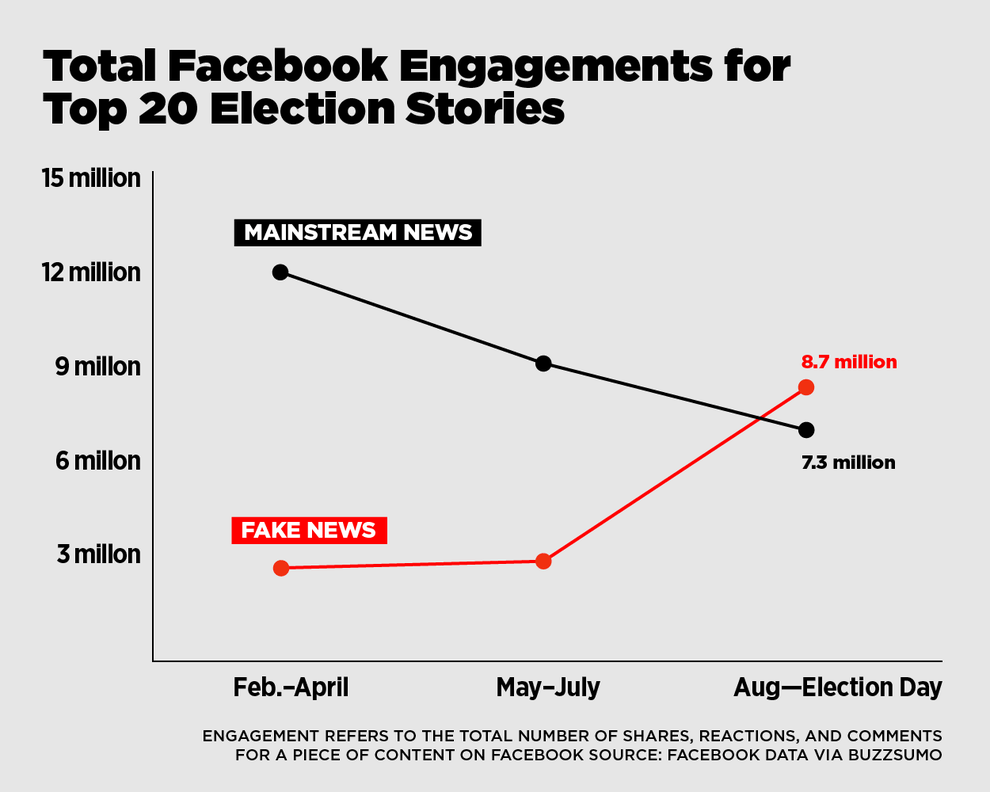- Academics
- Departments & Programs
- Honors & Fellows Programs
- Faculty
- Off-Campus Study
- Winter Term
- Internships & Careers
- Service
- Fellowships & Awards
- Academic Centers
- Catalog
- Academic Resources
- Admission
- Apply
- Visit Campus
- Request Information
- Financial Aid
- Admission Staff
- Life After De Pauw
- De Pauw Bloggers
- Giving
- Make a Gift
- Ways to Give
- Why Give
- Giving Societies & Programs
- Staff Directory
- About De Pauw
- Quick Facts
- Office of the President
- History & Traditions
- Strategic Initiatives
- The Campus
- University Offices
- 175th Anniversary Celebration
- Student Life
- Dean of Students
- Campus Living
- First-Year Experience
- Campus Safety
- Diversity on Campus
- Spiritual Life
- Campus Activities & Clubs
- Fraternity & Sorority Life
- Wellness
- Student Services
- Family Weekend
- Commencement
- Music
- About the School of Music
- Guest Artist Series
- Current Students
- Prospective Students
- Areas of Study
- Ensembles, Events, and Productions
- Faculty & Staff
- Athletics
- Men's Sports
- Women's Sports
- Facilities
- Schedule
- Tiger Club
- Inside Athletics
- News
- Libraries
- Alumni & Friends
- Arts
- De Pauw Theatre
- Galleries at Peeler
- Performing Arts Series
- Kelly Writers Series
- Film Studies Series
- School of Music
- Green Center for the Performing Arts
- Arts Fest 2012: Art & the Other
- About DePauw
- News & Media
- Directories
- Search
- Home
Guide to Fake News: Home
What is Fake News?
"Fake News" isn't a new phenomenon. Stories may be intended as humor, intentionally biased or completely fabricated. We should always verify the source and validity of any information we use, share, or cite. This guide provides fact-checking sites, library resources, checklists, and other sources to help you verify stories as true and sources as accurate. Ask a Librarian if you still aren't sure or want some help.
More About Fake News
Self-Guided Fact-Checking
This information is adapted from FactCheck.org and The Washington Post
1. Consider the source. Look at the URL. Does it end in .org, .com, .edu, .gov, or another recognizable domain name, or does the URL continue with a two-letter code? That is likely a country code and can signal falsehood (abcnews.go.com vs. abcnews.com.co). If the URL seems legitimate, check the "About" page or the "Contact" page. Do these pages exist? Does the information and images make sense?
2. Read beyond the headline. Actually read the article or story. According to a study by computer scientists at Columbia University and the French National Institute, 59 percent of articles shared on social media had never been clicked. Reading articles before sharing them can slow the spread of fake news.
3. Check the author/byline. Does the information provided on the website about the author seem unbelievable? Does a quick internet search yield nothing about your author? They probably do not exist.
4. Examine the sources. First, are there sources? Does the article quote, invoke, or link to a legitimate news source? Does the article link to anything? If not, this is probably fake news. If the article has sources, do they make sense? Is this source (if known) quoted in other news stories?
5. Check the date. Do the dates of the article and subject matter follow a linear definition of time? Can you reasonably expect the article to follow the event in question?
6. Is this a joke? There are many types of fake news, including satire. Most sites will claim in their "About" section that they write "fantasy news" or use the word satire to describe their articles. Other sources are less transparent in their descriptions.
7. Look at the ads. Nearly every website will have ads somewhere. Does the website have pop-up ads? Are the ads "sexy" or pornographic? You are unlikely to find these types of ads on legitimate websites.
8. Check your biases/ Consult the experts. Everyone has biases, but your disagreement or discomfort from an article does not make the story fake. If you are still unsure if your story is real or fake, consult experts. You can check a fact-checking/debunking website, ask a librarian , or conduct a quick internet search.
Fact-Checking/ Debunking Sites
Search the subject or author of your article, someone might have already checked for facts!
Library Resources
For DIY fact checking, search the subject or author of the article in one of these databases!
- Academic Search Complete This link opens in a new window
Still need some more help/advice? Ask A Librarian!
Evaluating Sources -- CRAAP Test

Image source: University of California, San Diego
- Last Updated: Nov 9, 2023 11:39 AM
- URL: https://libguides.depauw.edu/fakenews
- Print Page






